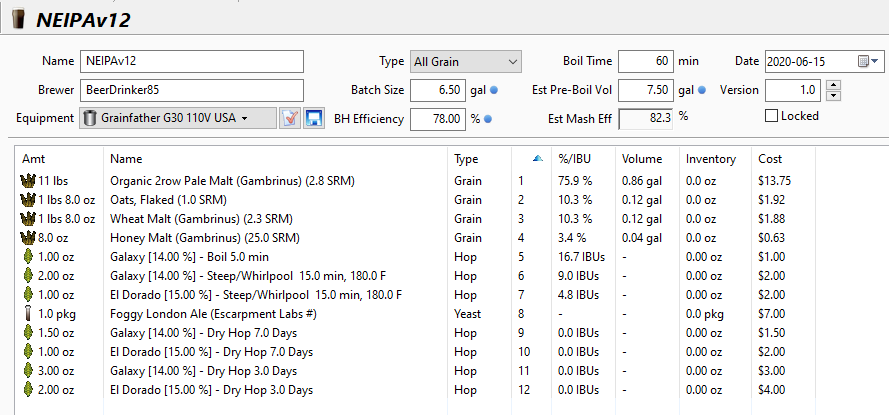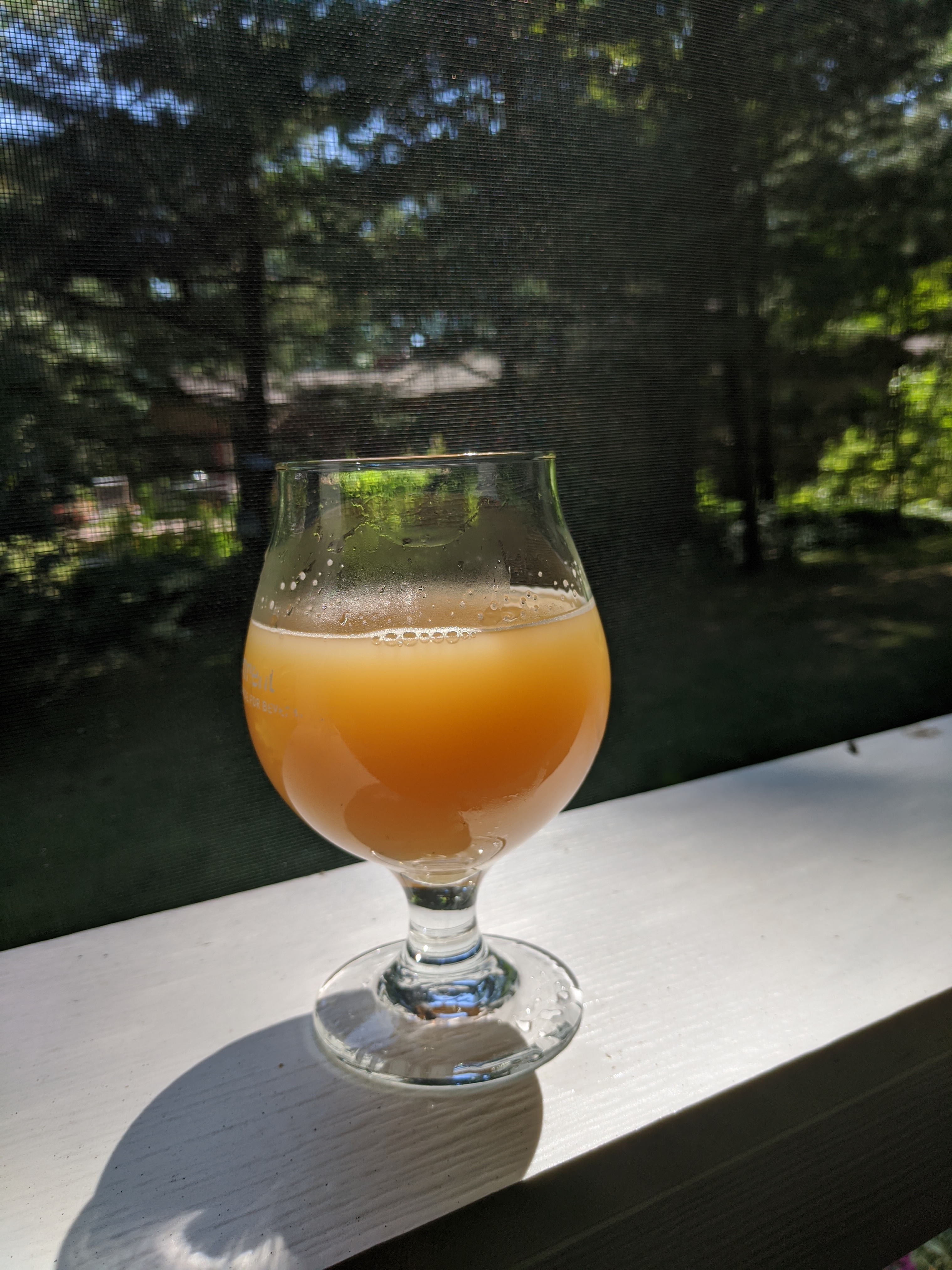Small follow up on the Yakima Chief webinars I was talking about a few days ago:
Webinars | Yakima Chief Hops
I highly recommend both "Improved dryhopping techniques" presentations by Spencer Tielkemeier
A bit of repitition of what we already knew, but still lots of solid advice and a few new great insights (at least for me)
The most interesting part of the Part 1 presentation is a graph where they rank hops according to their amount of compounds (linalool, geraniol, esters, ...) that survive heat or fermentation, giving a better idea of what could be good whirlpool/midfermdryhop hops vs which hops are better for a post ferm dry hop.
Part 2 has a detailed explanation on how to deal with hop creep.
I like his point of view in that he assumes that it's going to happen anyway (which makes more sense for professional brewers having cans sitting on a shelf), so it is better to have it happen in a controlled manner by e.g. adding a small amount of hops during active fermentation, maybe dryhop at fermentation temperatures, create a more fermentable wort with less dextrins.
Part 2 also has a nice comparison of the effect in terms of compounds present in the final beer between a mid ferm dry hop (6-10 Plato from terminal gravity) and a post ferm dry hop.
The funny thing they found for a specific hop was that even though the post ferm dry hop beer had way more linalool and geraniol in the beer, it was less floral and citrussy than mid ferm dry hop beer. The possible explanation that hey give is that with a mid ferm dry hop some of the linalool and geraniol gets transformed into compounds that work in synergy with the remaining linalool and geraniol.
One data point though, so can't be generalized.

In general 2 very interesting presentations with lots of practical but also some scientific information.




































![Craft A Brew - Safale BE-256 Yeast - Fermentis - Belgian Ale Dry Yeast - For Belgian & Strong Ales - Ingredients for Home Brewing - Beer Making Supplies - [3 Pack]](https://m.media-amazon.com/images/I/51bcKEwQmWL._SL500_.jpg)























